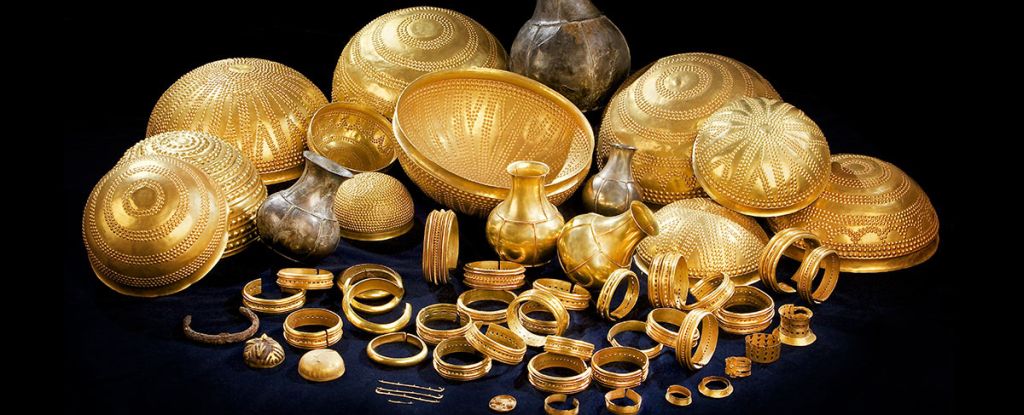ARTICLE AD

An illustration of the specimen (with simplified leaves), human silhouettes for scale.Illustration: Tim Stonesifer
You won’t be-leaf the shape of this ancient tree. A team of researchers found a 350-million-year-old fossilized tree species that looks like something out of Dr. Seuss.
Drought and Christmas Trees | Extreme Earth
The fossils are some of the oldest-known trees and were discovered in what was once an ancient lake in northeastern Canada. The species is called Sanfordiacaulis densifolia and would have taken up residence under the taller members of the forest canopy. The earliest fossil trees date back to the late Devonian Period, and these—from the early Carboniferous—are just a few million years younger. It’s not clear what Sanfordiacaulis’ closest relations are on the tree of life (no pun intended), which means it’s incertae sedis—an enigmatic taxa.
Dr. Seuss’ Truffula trees were probably inspired by a cypress tree that died in 2019, but one could argue that these real-life trees were even more alien. Research describing the ancient vegetation from leaf to trunk is published today in Current Biology.

A fossil of the 350-million-year-old tree.Photo: Matthew Stimson
“We estimate that each leaf grew at least another meter before terminating,” said Robert Gastaldo, a paleontologist at Colby College and the study’s lead author, in a Cell release. “This means that the ‘bottle brush’ had a dense canopy of leaves that extended at least 5.5 meters (or 18 feet) around a trunk that was non-woody and only 16 centimeters (or 0.5 feet) in diameter. Startling to say the least.”
The ancient trees in New Brunswick were preserved when an earthquake pushed foliage on the edge of a lake into the water, pressing the trees into the lakebed. The recent paper focuses on the most complete of five tree specimens preserved in sandstone and siltstone on the ancient lake site, now a quarry.
Based on the shape of the tree—with an immense canopy proportional to the rest of its size—the researchers concluded that Sanfordiacaulis optimized its growth by intercepting light from the greenery in its immediate environs. The fossils reveal that the tree could host about 250 leaves around its trunk, each stretching nearly 6 feet (1.75 meters) out from the trunk.
“The history of life on land consists of plants and animals that are unlike any of those that live at the present,” Gastaldo said in a statement. “Evolutionary mechanisms operating in the deep past resulted in organisms that successfully lived over long periods of time, but their shapes, forms, growth architectures, and life histories undertook different trajectories and strategies. Rare and unusual fossils, such as the New Brunswick tree, is but one example of what colonized our planet but was an unsuccessful experiment.”
More: See Nature Way Up-Close in These Award-Winning Photographs

 1 year ago
69
1 year ago
69 

